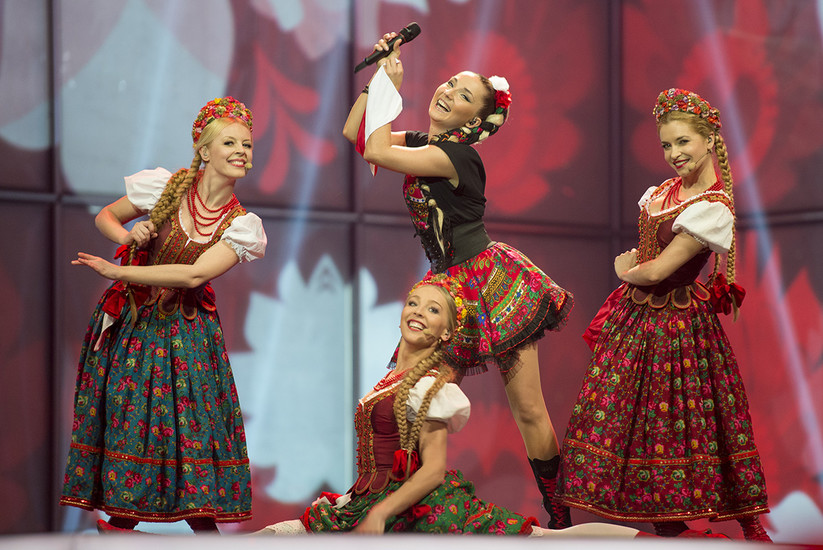

In the northern alpine region, outdoor enthusiasts can hike through the fields and climb the mountains of Slovenia’s only National Park, Triglav, which comprises the Julian Alps. Lake Bled beckons day-trippers with its pristine waters and iconic Bled Island, dotted with a medieval church. Outside the capital, Slovenia offers a mountainous, fairytale landscape peppered with thousands of historic castles, churches, and iconic hayracks. Crossed by the famous 20 th century Dragon Bridge, the river is Ljubljana’s twisting heart cafés and restaurants cluster along its banks, which also provide a picturesque route for walkers and joggers.

The capital boasts many historic monuments, including Ljubljana Castle, the medieval-era palace complex located on Castle Hill, which overlooks the Ljubljanica river and provides striking views of the city. Tivoli Park, Ljubljana’s largest and most famous, is populated by native birds and graced by botanical gardens and historic mansions. Its capital Ljubljana years ago banned cars from its city center, rendering it both a walking paradise and one of Europe’s most sustainable cities it has perhaps the most “green spaces” in Europe. Slovenian culture is influenced by its unique position as both a Balkan and Central European state. A relatively new country often confused with Slovakia, Slovenia gained its independence from the former Yugoslavia in 1991.Its population of just over 2 million people speaks Slovene Slovenia’s only official language. Slovenia is bordered to the north by Austria, to the south and east by Croatia and Hungary, and Italy to the west.


 0 kommentar(er)
0 kommentar(er)
